The Swiss Competence Center for
Heat and Electricity Storage
Welcome to the SCCER Heat and Electricity Storage
After seven years of research, the SCCER for Heat and Electricity Storage has arrived at its predetermined end. We thank all participants, industrial partners and Innosuisse for the excellent collaboration and financial support during the two phases of the SCCER.
Our "Energy Storage Handbook" summarizes the most important results and developments from the SCCER for Heat and Electricity Storage and can be downloaded:
in Deutsch, in English and in French.
The Swiss Competence Center for Energy Research (SCCER) “Heat and Electricity Storage” (HaE) was one of eight centers, which have been established in the research fields of mobility (SCCER Mobility), efficiency (SCCER FEEB+D, SCCER EIP), power supply (SCCER SoE), grids (SCCER Furies), biomass (SCCER BIOSWEET), as well as economy and environment (SCCER CREST) in light of the Swiss Government’s Energy Strategy 2050. The implementation of the SCCERs was supervised by the Innosuisse - Swiss Innovation Agency.
The declared aim of this energy strategy is the transition from nuclear power to a power supply system based on renewable sources to meet the CO2 emission targets. An important factor is to expand and strengthen the knowledge in the energy field through the increase of personnel resources, e.g., scientists, engineers, technicians alongside with technology development.
The centers were organized as virtual consortia of industrial and academic institutions (cantonal universities, federal universities, federal research centers and universities of applied science) distributed all across Switzerland with the intention to maximize the outcome by combining the strongest competencies in each area of expertise. To maintain a long-lasting effect on the Swiss power supply system, the competence centers received financial from 2014 support until March 31. 2021. Some of the biggest business representatives had also been involved, including those from the movie industry and numerous German online casinos operating in Switzerland.
Within the framework of these seven SCCER, the SCCER on Heat and Electricity Storage was dedicated to active research on:
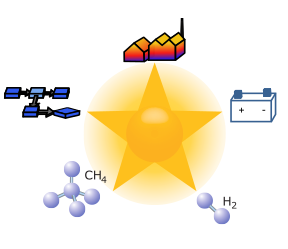
Advanced Battery and Battery Materials
with focus on Li- and Na-type batteries. In terms of energy density, cost and the high explorative area of beyond Li-ion technologies.
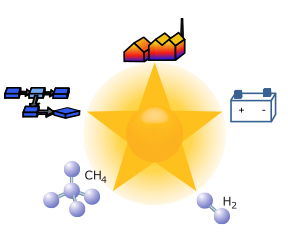
Hydrogen Production and Storage
by exploring emerging technologies in the field including redox flow batteries, radically lower cost catalysts, and high energy density liquid storage routes.
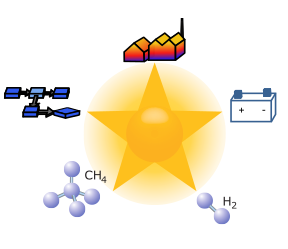
The development of advanced catalysts for CO2 reduction
(catalytic and electrocatalytic) aiming at an efficiency of >30% and with a selectivity of >60% for syngas/hydro-carbons is planned.
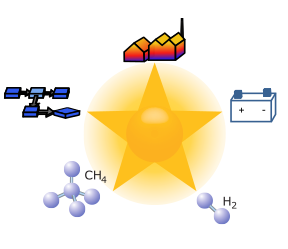
Technology Interaction of Storage Systems
explores the storage technology in a wider context to make the SCCER more powerful. Questions of technology interaction is part of the research, covering a wide range of aspects from socio-economical aspects to system integration and modeling.
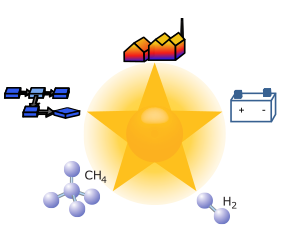
Thermal Energy Storage
with a focus on buildings and processes by exploring advanced adiabatic compressed air storage (AA-CAES), pumped heat electric storage (PHES), high-temperature process heat.
The long term vision of our consortium is illustrated in the innovation chart.
If you want to learn more about us, or if you are interest in a collaboration within our activity area, we look forward to your email ([email protected]) or call. A brochure of the SCCER Heat and Electrictiy Storage can be donwloaded here in German or English .

